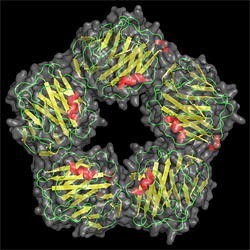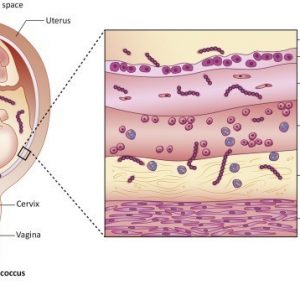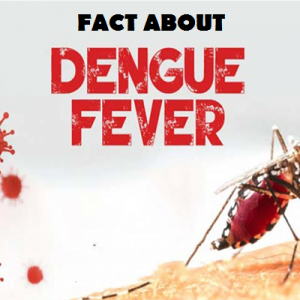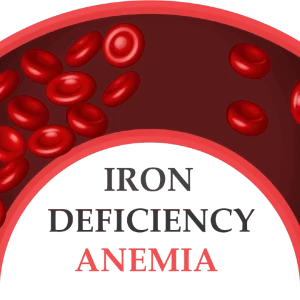Spinach and Other Dark Leafy Greens
Half a cup of boiled spinach has 3.2 mg of iron – that’s about 17% DV.

Some dark leafy green vegetables like spinach are abundant in iron. They taste great blended into soups, tossed in stir fries, added to pasta or even in salads. Half a cup of boiled spinach, for instance, has 3.2 mg of iron – that’s about 17% DV. Other greens like kale and collard greens also contain iron that delivers 3.3 to 6% DV. Half a cup of kale has 0.59 mg of iron and a similar amount of collard greens have 1.075 mg.
Peas
Another kind of green that may appeal to more people are peas. These sweet, juicy pops of green can brighten up any meal. They are delicious in soup but you could have fun with them in Indian curries with potatoes and tomatoes, buttery stir-fries with onion, or even add them to a creamy sauce to go with gnocchi or a pasta of your choice. Half a cup of boiled green peas contain 1.23 mg of iron and that’s 6.8% DV.
Asparagus
Delicious spears of asparagus gently roasted in the oven with a cracking of fresh pepper and salt are a treat for the palate. Creamy asparagus soup, Asian style asparagus and tofu salad, asparagus with grits – the options are endless. If you’d like to start your day right, make a frittata with asparagus added into the mix or serve these as a side to a soft boiled egg or fried eggs. Half a cup of boiled asparagus has 0.82 mg of iron or nearly 5% DV. Even if you have just 4 spears for a meal as a side, you will get in 0.55 mg of iron or 3% DV
Morel Mushrooms
Mushrooms are a delicious, meaty feeling vegetable that are ideal if you’ve just turned vegan or vegetarian and are craving some meat. You can saute them with some butter and garlic or spices for a simple meal or even pair them with asparagus to up the iron intake further. Risottos, pies, pizzas all do well with a helping of mushroom. When it’s iron you are after, morel mushrooms are an excellent choice, beating other varieties by a long mile in iron content. A cup of morel mushrooms contains a whopping 8.04 mg of iron as opposed a cup of white mushrooms that have 0.35 mg iron. That’s nearly 45% DV. Just half a cup of the mushrooms gets you to 22% DV of iron.
Potatoes with Skin
Potatoes are a good source of iron but only if you don’t toss out the skin. Much of the iron they contain is in the skin itself, so scrub down those potatoes and bake them or roast them in their skin for an iron-packed recipe. A single large baked potato (299 gm) eaten skin and all gives you 3.23 mg of iron (18% DV), while a medium-sized potato (173 gm) has 1.87 mg of iron (10.4% DV). Skip the skin and you stand to get around 0.55 mg or just 3% DV of iron from a medium- sized vegetable, weighing around 156 gm.
Acorn Squash
Winter acorn squash is another iron-rich vegetable that works well in a range of recipes. Just bake it and serve as a savory side or whizz it up into a puree or soup with some roasted cumin. The squash also lends itself to salads or stuffing with rice and veggies. You could even finish off a meal with some squash roasted with sugar and topped with walnuts and cranberries. Half a cup of baked acorn squash contains 0.95 mg of iron – that is about 5% DV and would be around the portion size you’d eat as a side. If you enjoy it, you could have more quite easily as a main meal to raise iron intake.
Leeks
One leek has 1.36 mg of iron, so it will get you to 7.6% DV of iron intake. Give the classic potato and leek soup recipe a go, but also try them charred off and stuffed with blue cheese and nuts. Or pair up with mushrooms in an iron-rich Asian style broth, with some greens tossed in for good measure. You could even braise them with meat or infuse flavor by marinating them before grilling.
Green Beans
There’s nothing as satisfying as simple buttered green beans or snap beans if you enjoy this vegetable. A twist of lime and they work great in a pasta salad too. Try them cooked lightly in tomatoes or celebrated in a green bean casserole. Whatever you choose to do with them, these beans don’t need much effort to cook. Simply zap them in the microwave and you’re good to go. Half a cup of the beans has 0.96 mg of iron. That’s 5.3% DV.
Broccoli
Another green vegetable that does well on the iron stakes is broccoli. Half a cup of the cruciferous vegetable has 0.52 mg or nearly 3% DV of iron. If you enjoy it, go ahead and have a little more. You can simply steam some and season or drizzle with some salad dressing. Grill them for a smoky flavor or toss them through in an Asian stir-fry. Broccoli is also wonderful in tarts and pasta.
Tomatoes
Tomatoes, while not strictly a vegetable, are for all purposes used as vegetables rather than as a fruit. Which is why they make it to this list! While raw tomatoes do not have not too much iron, tomato paste and sundried tomatoes concentrate the nutrition so you end up getting much more out of a smaller serving. A cup of tomato puree, for instance, has 4.45 mg of iron – that’s nearly 25% DV of iron. Use the puree as a base for your pasta sauce, stews, or curries. If you enjoy sundried tomatoes, half a cup of them has 2.5 mg of iron (14% DV)
Herbs like Parsley and Lemongrass
While not technically vegetables, herbs like parsley can contribute to your iron intake too even though they don’t make up the bulk of your meal. A cup of chopped parsley has 3.72 mg of iron, so consuming about a quarter of that amount in a meal will give you 5% DV or iron. The herb tastes great in fresh relishes, chutneys, and dressings. It also livens up a salad or heavy main. Add it to a frittata, salad, hummus, or make a lip-smackingly good salsa verde that’s perfect with almost anything. You’ll see it isn’t that hard to add a lot of this green to your life!






